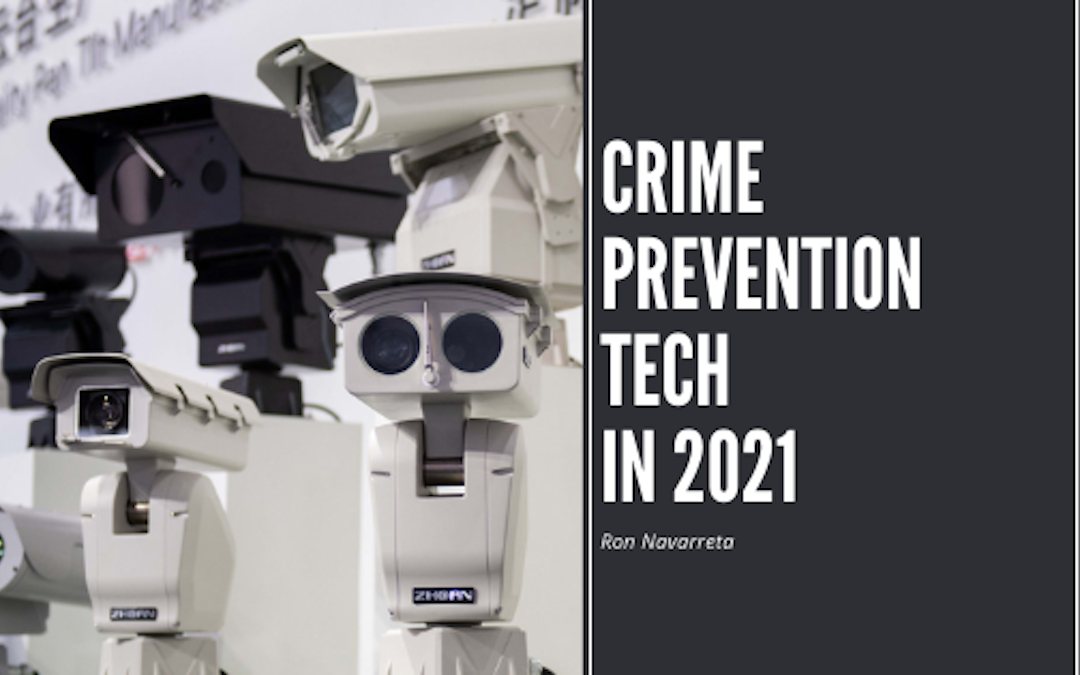When talking about crime, the government bases different types on the laws they defy. Nonviolent crimes include theft, larceny, embezzlement, gambling, bribery, speeding, and fraud, among others. Violent crimes include murder, aggravated assault, rape, and robbery. Many factors contributed to the rise in crime rates, both non-violent and violent, throughout the pandemic. The more metropolitan cities were most affected, but even small suburban towns had to adjust to the new normal of higher unemployment levels and the stress of supply shortages.
Because of this, local police forces and the federal government have implemented new techniques to fight today’s crime, including interacting more with neighborhood watch groups and developing social media branding campaigns. Using a medium that a large majority of the population is comfortable with makes it easier to report suspicious behavior.
There is the potential for misuse for every advantage, so along with any technology, there must also be strong accountability on all sides. One of the benefits of technology is having more eyes on the scene, even if they are artificial. Facial recognition, when used within responsible guidelines, generates an almost perfect reliability score. In addition, body cameras worn by law enforcement need to be in place to protect both the public at large and the officer wearing the device. Drone use is becoming more commonplace and provides unprecedented real-time footage of criminal activity and relays it to officers on the scene while also recording evidence of the crime.
Biometrics is another area used by the intelligence community. Other biological features are starting to be used as identifiers in addition to narrowing down suspects using voice recognition technology. A person’s heartbeat, iris shape, and stride analysis can result in a 95 percent accuracy rate. The FBI has developed an electronic database that houses thousands of offenders’ biometric information and criminal history. The Next Generation Identification (NGI) system was first deployed in 2011 and addressed every law enforcement level’s evolving criminal justice requirements, including local, state, tribal, federal, national, and international.
Robotic police assistance is advancing, as well. Some devices are small enough to be thrown into potentially dangerous areas to provide visual and audio surveillance without risking any lives.

